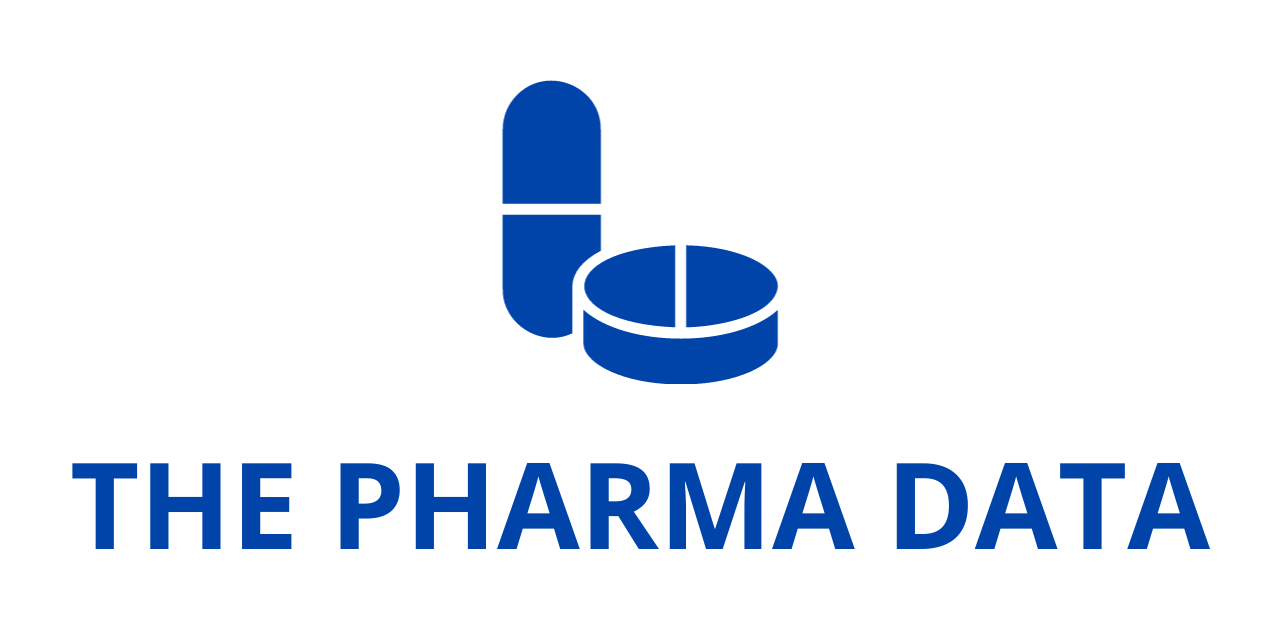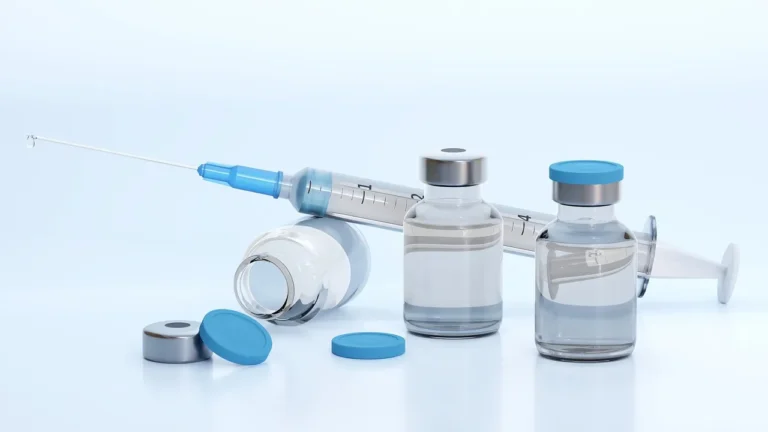
Layoffs From Just 6 Pharmas Could Wipe Out Over 39,000 Jobs
This year, Novo Nordisk and Merck announced significant layoffs, with Novo planning to axe about 9,000 employees and Merck projecting it could let go of roughly 6,000. Meanwhile, Bayer, Bristol Myers Squibb, Novartis and Pfizer have also made noteworthy cuts.
Six Big Pharma companies’ recent and planned staff cuts since the biopharma bubble burst could cost over 39,000 employees their jobs, based on BioSpace tallies.*
- Novo Nordisk plans to cut about 9,000 employees globally in a bid to generate around $1.25 billion in annualized savings by the end of 2026, the company announced this month.
- Merck has projected it could lay off about 6,000 staffers globally as part of a multiyear restructuring program announced in July that’s expected to save $3 billion by the end of 2027.
- Bristol Myers Squibb has disclosed layoffs affecting 2,714 employees since announcing last year the first of two significant cost-cutting measures.
- Bayer’s headcount dropped by 12,492 between the end of second-quarter 2023 and the end of Q2 2025, based on quarterly reports. Much of that reduction has stemmed from an operational change announced in January 2024.
- Based on BioSpace tallies, Pfizer has cut up to 1,702 people since announcing the first of two cost-cutting programs meant to generate about $6 billion in savings.
- Since announcing in 2022 a new organizational structure and operational model that would affect up to 8,000 jobs, Novartis has laid off 2,186 employees, based on BioSpace tallies.
Getting caught up in Big Pharma layoffs is a concern for many biopharma professionals, based on a BioSpace LinkedIn poll this month. It found that 72% of respondents are worried that working at one of these companies makes it more likely they’ll get let go.
As to whether Big Pharmas or smaller biopharmas are safer bets for avoiding layoffs, Eric Celidonio, founder and managing partner of Sci.bio Recruiting, a biopharma recruiting firm, opted for the former.
“Big Pharma has traditionally been safer,” he told BioSpace. “It still is safer.”
Regarding why that’s the case, Celidonio noted that biotech funding has significantly dried up while Big Pharma is experiencing a very slow trend up. Still, when it comes to Big Pharma layoffs, he said he very seldom talks to people who don’t feel vulnerable at some level.
Following is an overview of Novo, Merck, BMS, Bayer, Pfizer and Novartis’ layoffs in the past few years—and the cuts yet to come.
Novo Nordisk Plans to Axe Roughly 9,000
Denmark-based Novo Nordisk’s planned layoffs of about 9,000 of its 78,400 employees globally is expected to include around 5,000 employees in Denmark. Cuts started this month. The company is letting go of 263 staffers at its U.S. headquarters in Plainsboro, New Jersey, effective Dec. 31, according to a Worker Adjustment and Retraining Notification (WARN) Act notice.
In its announcement about the planned layoffs, Novo said its restructuring will simplify the organization, improve decision-making speed and reallocate resources toward its growth opportunities in diabetes and obesity, including commercial execution initiatives and research and development programs.
The cuts are the first major move under new President and CEO Maziar Mike Doustdar, who was appointed to his position in July. He noted in the announcement that Novo’s markets are evolving, particularly in obesity, which has become more competitive and consumer-driven.
“Our company must evolve as well,” Doustdar said. “This means instilling an increased performance-based culture, deploying our resources ever more effectively, and prioritising investment where it will have the most impact – behind our leading therapy areas.”
The reorganizatiion is not the first time in recent years that Novo has let employees go. The company cut 86 employees in Seattle in 2023, according to a WARN notice.
Merck Projects Layoffs of Around 6,000
Germany-based Merck’s projected layoffs that could affect around 6,000 employees will be spread across administrative, sales and research and development roles. The restructuring, which also involves paring down the pharma’s global footprint and manufacturing network, will support the launches of more than 20 products nearing the market, according to the company.
Merck plans to increase research and development investments at the same time, CEO Rob Davis noted during a July 29 earnings call. Because the company will move resources from slower-growth to fast-growing areas of the business, the restructuring program is more of a reallocation than a cut, Davis noted.
Since the restructuring news broke, Merck has had two rounds of mass cuts. In August, Merck disclosed in a WARN notice that it will let go of 58 people at its U.S. headquarters in Rahway, New Jersey, effective Nov. 14. In September, media outlets reported that the company will end research and discovery efforts in the U.K., a move that includes pulling out of the Francis Crick Institute and the London BioScience Innovation Center, leaving 125 employees jobless.
Merck also laid off staff earlier this year, prior to the restructuring announcement. It let go of 163 employees at a Pennsylvania manufacturing site it was shutting down. Those layoffs started May 16 and will continue into 2026, according to a March WARN notice.





